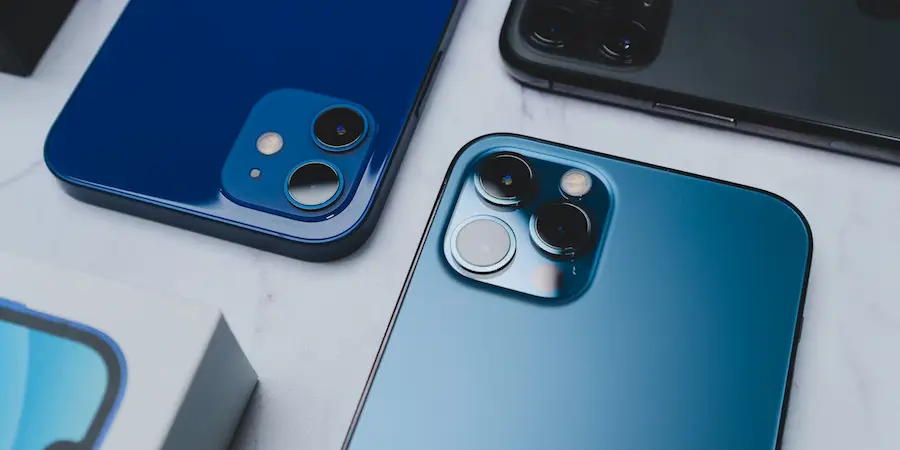Have you woken up to find your iPhone at 20% without having touched it? Relax: youre not the only one. When the phone should be in deep sleep, there are processes that can stay awake longer than they should and drain the battery without asking. The good news is that with a few well-chosen settings and a couple of smart habits, you can stop that overnight drain at its root and wake up with your iPhone ready for action. Also, understanding what causes it is key to not being in the dark.
Why your iPhone uses battery while you sleep
Although the highest battery usage usually happens during the day, there are two common scenarios that explain nightly drops. The first has to do with software: after an iOS update, the system may be reindexing files or refreshing app data, which temporarily increases power use and can even make the phone feel a bit slower. This behavior, if caused by maintenance tasks after the update, tends to resolve itself in one or two days.
The second scenario appears when a process gets “stuck”: an app that keeps syncing non-stop or a system service that doesn’t enter sleep properly. If you notice the issue started right after updating, it might be a specific bug. In that case, a quick reboot can work wonders; and if it persists, updating again to the latest iOS version may provide the patch you need, since Apple usually fixes these faults promptly.
This kind of drain is easy to recognize if you see sharp drops overnight without having used the phone. No need to panic: tackle software first with a reboot and update before changing other settings.
Key settings that make a difference
Start by identifying the usual suspects. Go to Settings > Battery and check the list of apps with their usage, especially the background activity section. If you see any with disproportionate numbers, limit them. Go to Settings > General > Background App Refresh and turn off apps that don’t need to update themselves when you’re not using them. Want to go further? You can disable the feature entirely.

Another silent thief: notifications. Every alert that lights the screen whether a message, an email or a reminder wakes the iPhone for a few seconds and, if it also vibrates or triggers haptic feedback, adds to the consumption. If you receive dozens of notifications at night, the battery takes the hit. The elegant solution is to schedule a Sleep Focus mode. Go to Settings > Focus > Sleep and define which people and apps can interrupt you. Complement this filter by refining Settings > Notifications to silence low-priority alerts.
With these two fronts hyperactive apps and notifications under control, you’ll have eliminated a large part of the iPhone’s micro-awakenings.
iCloud, photos and location: the big overnight devourers
iCloud syncing is another legitimate source of consumption. When the iPhone is connected to WiFi and has enough battery, it performs backups and syncs photos and videos. If you’ve taken many shots during the day, it may spend time and energy uploading them at night; on devices with more worn batteries, you’ll feel the impact more. To blunt this spike, turn on Low Power Mode before you go to sleep: Settings > Battery and enable Low Power Mode. You can also do this from Control Center. This mode limits background activities like iCloud syncing and mail fetching, extending battery life while you rest.
Location deserves its own chapter. Many apps request GPS access not only when you use them but also in the background, running geofence tasks or periodic checks that wake the phone. If several apps do this simultaneously, the consumption multiplies. Check permissions at Settings > Privacy & Security > Location Services and change apps to “While Using the App” or “Never” unless background access is essential. Then, go into System Services and disable what you don’t need. Want to squeeze every last minute overnight? You can turn off Location entirely from that same menu and turn it back on in the morning.
These settings not only reduce consumption, they also prevent unnecessary processes from interrupting the system’s sleep. Combined with Low Power Mode, you’ll notice the battery waking up much fuller.
In short, the recipe to stop overnight drain comes down to three steps: update and reboot if the problem appeared after an iOS change, tame background activity (apps and notifications), and minimize intensive tasks like iCloud or location while you sleep. With these measures, you’ll stop losing percentage in the dark and gain peace of mind. Because, let’s be honest, the last thing we want when we open our eyes is to hunt for a charger in a race against time.
.


